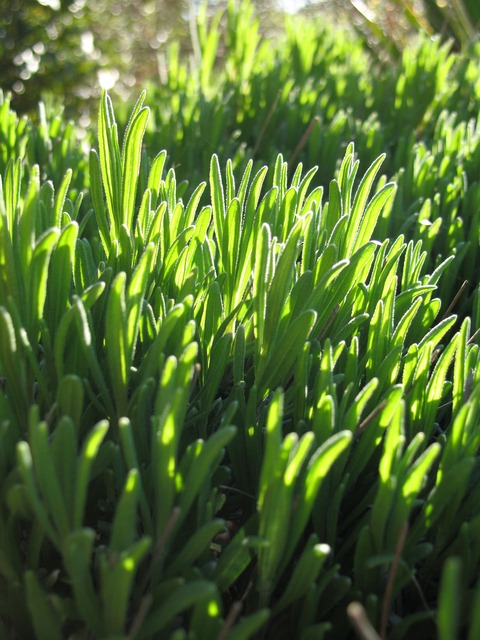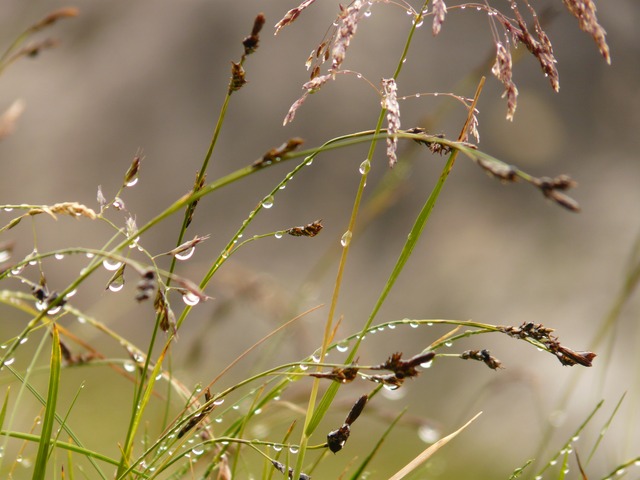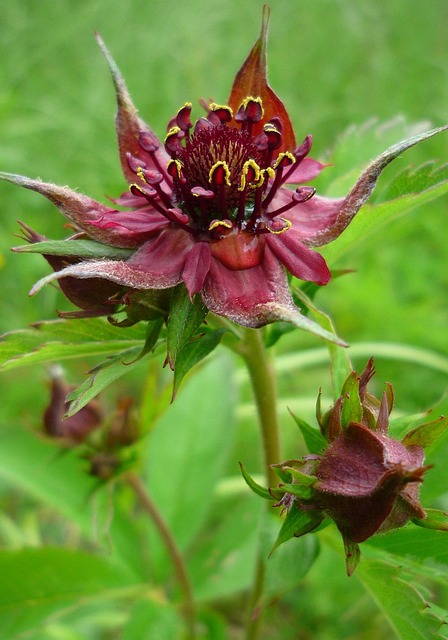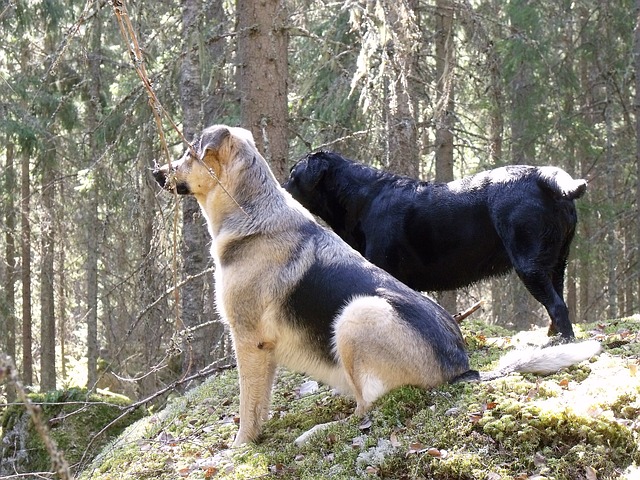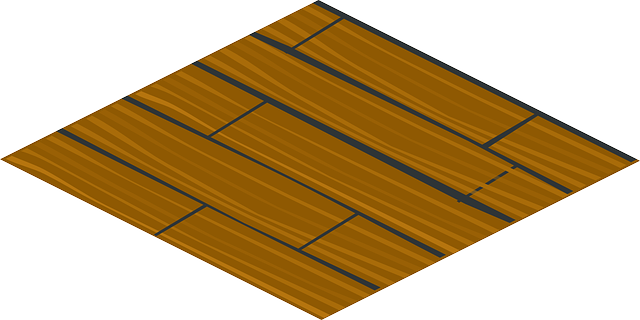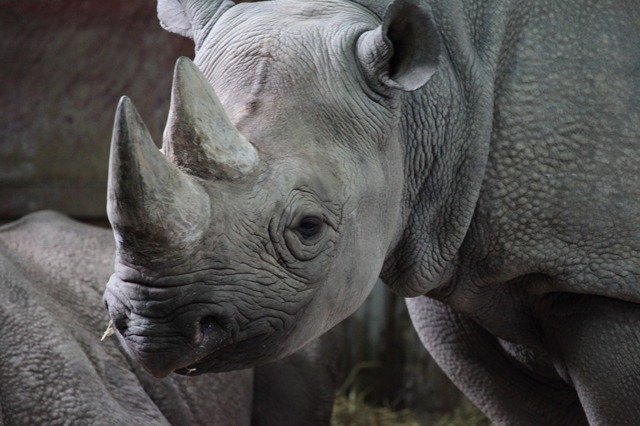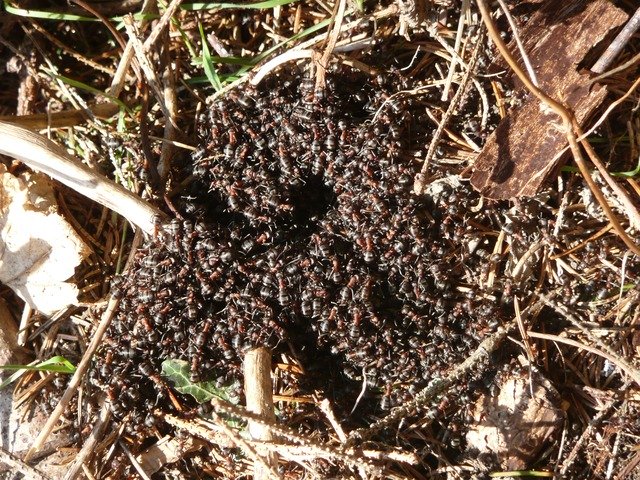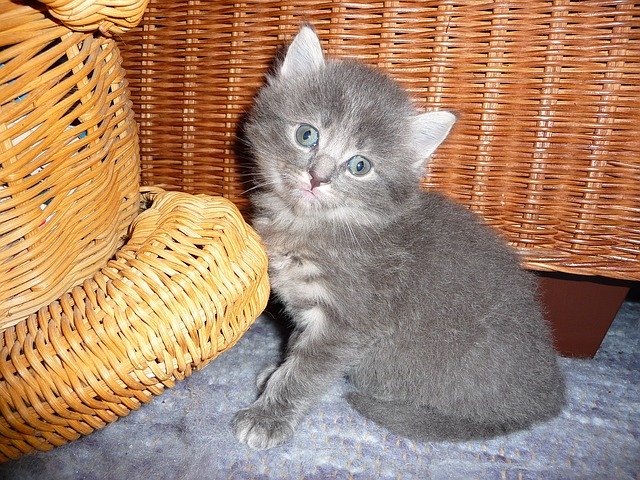مدغمة الإبهام
| مدغمة الإبهام Temporal range: الجوراسي المتأخر–الطباشيري المتأخر, 156–66 Ma PreЄ
Є
O
S
D
C
P
T
J
K
| |
|---|---|
| يد إگوانودون، تُظهـِر الإبهام المميز للمجموعة. | |
| التصنيف الفهمي | |
| مملكة: | الحيوان |
| Phylum: | حبليات |
| Order: | †الطيور_الوركية |
| تحت رتبة: | †الطيور_الراكضة |
| القبيلة: | Dryomorpha |
| القبيلة: |
†مدغمة_الإبهام سرينو، 1986 |
| المجموعات الفرعية | |
| |
مدغمة الإبهام Ankylopollexia هي فرع منقرض من الديناصورات ضمن رتبة الطيور الوركية التي عاشت منذ الجوراسي المتأخر حتى الطباشيري المتأخر. وتُعتبر فرعاً أكثر اشتقاقاً من iguanodontians ويضم المجموعتين الفرعيتين Styracosterna وديناصورات أشباه بطية المنقار. The name stems from the Greek word, “ankylos”, meaning stiff, fused, and the Latin word, “pollex”, meaning thumb. Originally described in 1986 by Sereno, this most likely synapomorphic feature of a conical thumb spine defines the clade. Many ankylopollexians have not yet been placed in the phylogeny because of the lack of data on the specimens or simply just not analyzed yet. One of the most famous and most derived members of the Ankylopollexia clade is the Iguanodon.
وقد ظهرت مدغمة الإبهام لأول مرة منذ نحو156 مليون سنة، وانقرضت كفرع حيوي منذ حوالي 65.5 مليون سنة. Mostly found in China, Eastern and Western Europe, and the Western United States, ankyllopolexians not have been found in Africa or South America. Even though they grew to be quite large, comparable to some carnivorous dinosaurs, they were herbivorous iguanodontians. Most ankylopollexians were bipedal. However, most, also when grazing or moving slowly, would stand on all fours because of their shorter forelimbs.
الوصف
كعضوفي رتبة الطيور الوركية، فإن مدغمة الإبهام had a pubis bone that points down and towards the tail. The ischium pointed forward to support the abdomen and is now parallel to the pubis as well. Both the ischium and the pubis are parallel to the vertebral column. This pelvic structure is sturdier compared to other orders in Dinosauria. Also, ornithischians, in general, have a smaller anteorbital fenestra. Characteristic of ornithischians, many ankylopollexians probably had cheek-like structures to hold food in their mouths. They could have been muscular or non-muscular tissue.
As mentioned before, most ankylopollexians were bipedal. There are a few exceptions to this rule, including the Mantellisaurus. Because of its short forelimbs and short body, Mantellisaurus was bipedal when moving, but when standing or moving slowly, it used its forelimbs to balance itself.
They also possess elongated skulls with powerful jaws for grazing. Many had teeth batteries to constantly replace the teeth that fell out from the grazing.
الابهام
As the name implies, ankylopollexians possess a conical thumb spike. This feature is possessed by almost all species of ankylopollexians, including the famous Iguanodon. The purpose of these spikes is still debated. As they are herbivores, ankylopollexians could have used them for foraging or defense. The hadrosauroid Batyrosaurus possessed a thumb claw of about 4 cm in length.
الحجم
Ankylopollexians vary greatly in size. The largest known ankylopollexian, also belonging to the hadrosaurid family, is the Shantungosaurus. It was about 14.7-16.6 meters in length and weighed, for the largest individuals, up to 16 tonnes (18 tons). It is also one of the more derived species of the clade. Meanwhile, the previously mentioned Mantellisaurus weighed about 0.75 tons. The type species of Camptosaurus is thought to have been only 6-7.9 meters in length and weighed around 785–874 kg. In fact, Paul contends that the Camptosaurus was no more thanخمسة meters long and weighed no more than 0.5 tonnes. Primitive ankylopollexians tended to be smaller as compared to the more derived hadrosaurs. Of course, there are exceptions to this trend, including one of the more basal genera of Hadrosauroidea, Bolong. It was thought to be around 200 kg. Another exception of this trend is Tethyshadros, a more derived genera of Hadrosauroidea. Thought to be around 350 kg, Tethyshadros have been found only on certain islands in Italy. Their unusual size is explained by insular dwarfism.
التوزيع
Found in Wyoming, the type species of Ankylopollexia, Camptosaurus dispar, dates from possibly around the Callovian-Oxfordian, about 156-157 million years ago. But in the early 2000s, an styracostern iguanodont called Lanzhousaurus عـُثر عليه في مقاطعة گانسوبشمال وسط الصين. Thought to have lived around 130 million years ago, the genus Lanzhousaurus has the characteristic larger lower jaw of ankylopollexians. But even before the Barremian age, there is an even more derived member of the clade Ankylopollexia found in England. The genus Barilium is thought to have existed around 140 million years. The ever so popular and famous Iguanodon, at least the well-substantiated species I. bernissartenesis, would live from the late Barremian to the earliest Aptian ages in Belgium. As one of the more derived ankylopollexians, Iguandons would live in primarily Europe. While their clade would die out around 125 million years ago, Hadrosauroidae are thought to originate in Asia around 122 million years ago. They would spread throughout Europe, Asia, and North America where they would live until 65.5 million years ago with the mass extinction of dinosaurs.
التبويب
About 157 million years ago, Ankylopollexia and Dryosauridae are believed to have split into two clades.
The cladogram below follows the most up-to-date analysis by Andrew McDonald, 2012.
| Iguanodontia |
|
||||||||||||||||||||||||||||||||||||||||||||||||||||||||||||||||||||||||
الهامش
- ^ McDonald AT (2012) Phylogeny of Basal Iguanodonts (Dinosauria: Ornithischia): An Update. PLoS ONE 7(5): e36745. doi:10.1371/journal.pone.0036745
- ^ Sereno, P.C. (1986). "Phylogeny of the bird-hipped dinosaurs (order Ornithischia)". National Geographic Research 2 (2): 234–56
- ^ McDonald AT (2012) Phylogeny of Basal Iguanodonts (Dinosauria: Ornithischia): An Update. PLoS ONE 7(5): e36745. doi:10.1371/journal.pone.0036745
- ^ Foster, J. (2007). Camptosaurus dispar. Jurassic West: The Dinosaurs of the Morrison Formation and Their World. Indiana University Press. p. 219-221
- ^ Galton, Peter M. (1973). "The cheeks of ornithischian dinosaurs". Lethaiaستة (1): 67–89.
- ^ Paul, Gregory S. (2008). "A revised taxonomy of the iguanodont dinosaur genera and species". Cretaceous Research 29 (2): 192–216.doi:10.1016/j.cretres.2007.04.009.
- ^ Palmer, D., ed. (1999). The Marshall Illustrated Encyclopedia of Dinosaurs and Prehistoric Animals. London: Marshall Editions. p. 145. ISBN 1-84028-152-9.
- ^ Pascal Godefroit, François Escuillié, Yuri L. Bolotsky and Pascaline Lauters (2012). "A New Basal Hadrosauroid Dinosaur from the Upper Cretaceous of Kazakhstan". In Godefroit, P. (eds). Bernissart Dinosaurs and Early Cretaceous Terrestrial Ecosystems. Indiana University Press. pp. 335–358.
- ^ Glut, Donald F. (1997). "Shantungosaurus". Dinosaurs: The Encyclopedia. Jefferson, North Carolina: McFarland & Co. pp. 816–817. ISBN 0-89950-917-7.
- ^ Zhao, X.; Li, D.; Han, G.; Hao, H.; Liu, F.; Li, L.; Fang, X. (2007). "Zhuchengosaurus maximus from Shandong Province". Acta Geoscientia Sinica 28 (2): 111–122. doi:10.1007/s10114-005-0808-x.
- ^ Paul, Gregory S. (2008). "A revised taxonomy of the iguanodont dinosaur genera and species". Cretaceous Research 29 (2): 192–216.doi:10.1016/j.cretres.2007.04.009.
- ^ Erickson, Bruce R. (2003). Dinosaurs of the Science Museum of Minnesota. St. Paul, Minnesota: The Science Museum of Minnesota. p. 33. ISBN 978-0-911338-54-6
- ^ Paul, G.S., 2010, The Princeton Field Guide to Dinosaurs, Princeton University Press p. 284
- ^ Wu Wen-hao, Pascal Godefroit, Hu Dong-yu (2010). "Bolong yixianensis gen. et sp. nov.: A new Iguanodontoid dinosaur from the Yixian Formation of Western Liaoning, China". Geology and Resources 19 (2): 127–133.
- ^ Dalla Vecchia, F. M. (2009). "Tethyshadros insularis, a new hadrosauroid dinosaur (Ornithischia) from the Upper Cretaceous of Italy". Journal of Vertebrate Paleontology 29 (4): 1100–1116.
- ^ Carpenter, K. and Wilson, Y. (2008). "A new species of Camptosaurus (Ornithopoda: Dinosauria) from the Morrison Formation (الجوراسي الأعلى) of Dinosaur National Moument, Utah, and a biomechanical analysis of its forelimb". Annals of the Carnegie Museum 76: 227–263. doi:10.2992/0097-4463(2008)76[227:ansoco]2.0.co;2.
- ^ You, H.-L. (2006) Lanzhousaurus magnidens from the Lower Cretraceous of Gansu province, China: The largest-toothed herbivorous dinosaur in the world. JVP 26(3) Abstracts pp. 142
- ^ Paul, Gregory S. (2008). "A revised taxonomy of the iguanodont dinosaur genera and species". Cretaceous Research 29 (2): 192–216.
- ^ Carpenter, K.; Ishida, Y. (2010). "Early and "Middle" Cretaceous Iguanodonts in Time and Space" (PDF). Journal of Iberian Geology 36 (2): 145–164.
- ^ Norman, David B.; Weishampel, David B. (1990). "Iguanodontidae and related ornithopods". In Weishampel, David B.; Dodson, Peter; and Osmólska, Halszka (eds.). The Dinosauria. Berkeley: University of California Press. pp. 510–533. ISBN 0-520-06727-4.
- ^ Sereno, P. C. (1999). The Evolution of Dinosaurs. (cover story). Science, 284(5423), 2137
- ^ McDonald, A. T. (2012). Farke, Andrew A (ed.). "Phylogeny of Basal Iguanodonts (Dinosauria: Ornithischia): An Update". PLoS ONE. 7 (5): e36745. doi:10.1371/journal.pone.0036745. PMC 3358318. PMID 22629328.


